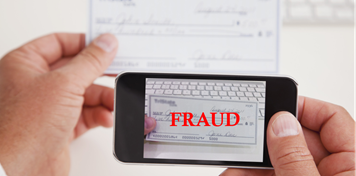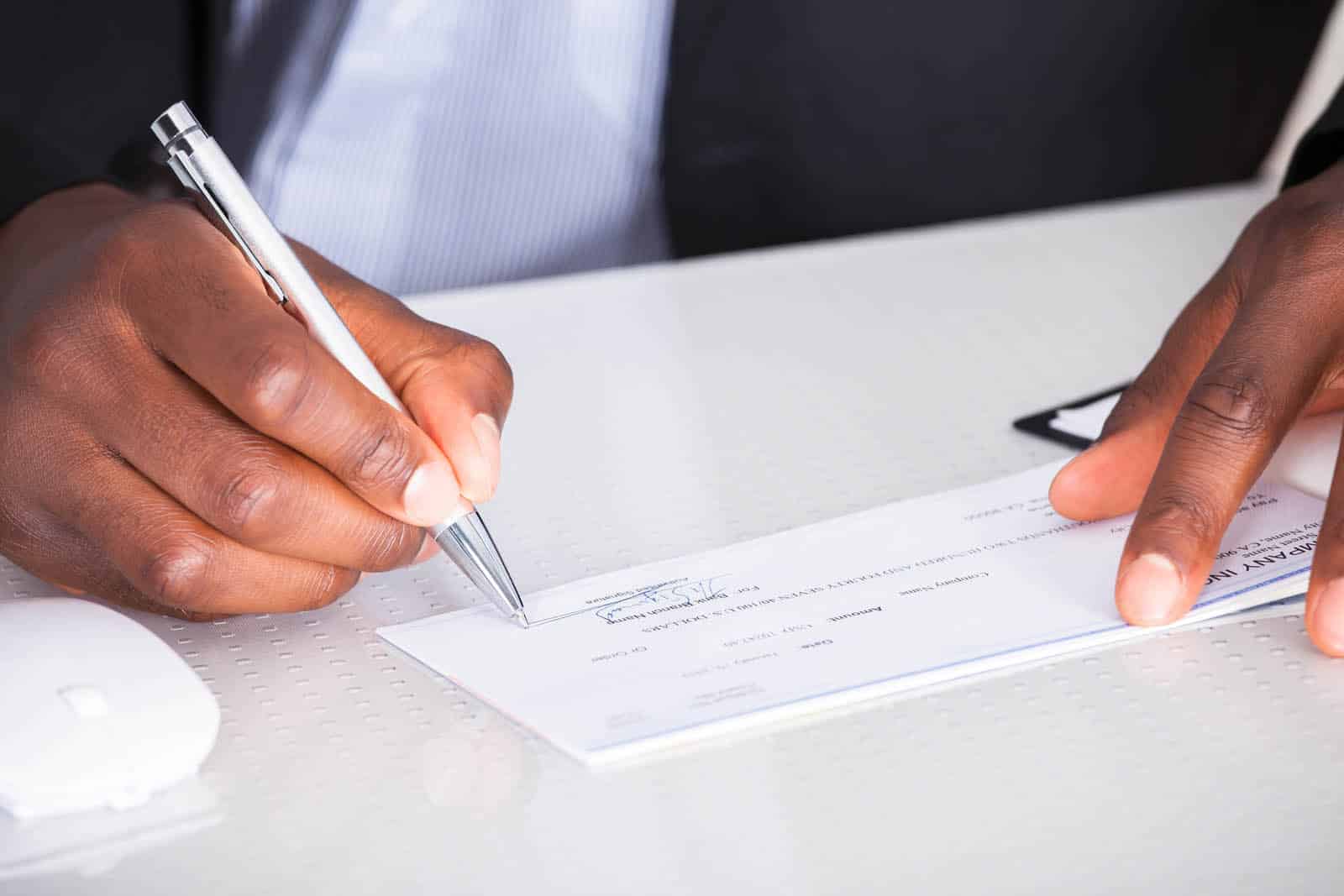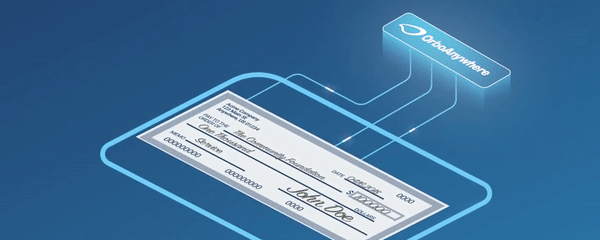Bank Treasury Departments Crucial to Fighting Payments Fraud
- COVID-19 has created new entry points for fraud
- Businesses must be on the lookout for INTERNAL, EXTERNAL, and ONLINE fraud
- Work with your financial institution’s treasury management department to ensure appropriate fraud-prevention methods are in place
Karen Olson, Treasury Management Banking Officer and Vice President at Dubuque Bank and Trust, notes at TelegraphHerald.com that COVID-19 has forced many businesses to quickly change their methods of operation -- and, as a result, created additional avenues for payments fraud to occur.

Types of Emergent Fraud
The primary forms of fraud concerning businesses big and small are: internal fraud -- when an employee commits fraud by using his or her role for personal gain; external fraud, which typically involves a vendor colluding with someone inside the business (as we saw in an example at an auto dealership); and, let's not forget online fraud, where hackers compromise business email addresses, computers, and more with information they can pretty easily obtain via an internet search.
According to the Association of Financial Professionals (AFP), a whopping 81% of companies report they were targets of payments fraud. That is, to say the least, a significant number. Ms. Olson's article also includes three very useful lists addressing ways to avoid internal fraud, check fraud, and electric payments fraud.
Protecting Against Check Fraud
Since we are primarily concerned with check fraud here, we'll share that specific list:
- Move to electronic methods, such as EAP (Electronic Accounts Payable), credit card or ACH, when possible for vendor payments.
- Use Check Positive Pay (an electronic system for comparing cleared items with a file of known issues).
- Work with your bank or vendor for fraud mitigation.
- Establish separation of duties between check creation and reconciliation.
- Use secure check writing software and signature stamps and limit access.
- Purchase check stock from known vendors that include built-in security features.
- Store checks, deposit slips and statements securely.
- Establish a policy for employee check orders and reorders.
- Monitor changes to payment workflow.
- Reconcile accounts daily using online banking.


As Ms. Olson further advises:
More generally, establish robust policies and procedures that govern your entire payments process — including prompt reporting of any suspicious transactions. It’s important to identify suspicious activity quickly; many bank account agreements include time limits on fraud reporting.
To help keep your business safe, work with your financial institution’s treasury management department to ensure appropriate fraud-prevention methods are in place.
We previously touched on B2B payments fraud, outlining the challenges that business are facing. When viewed from a technological perspective, switching to credit card and ACH are viable options, but would represent a fundamental shift internally for organizations -- and, we would be remiss not point out that these payments are still vulnerable to fraud, internally and externally.
To combat check fraud, businesses need to work with their banks on implementing technologies that will detect fraud before losses occur. Banks are able to deploy several technologies that detect fraudulent payments, including transactional analysis, image analysis, and positive pay systems.

These technologies can be utilized to validate the negotiability of fields on the check, matching irregular payments to known and unknown vendors/ payees, detect alterations, counterfeits and forgeries, and payee positive pay.